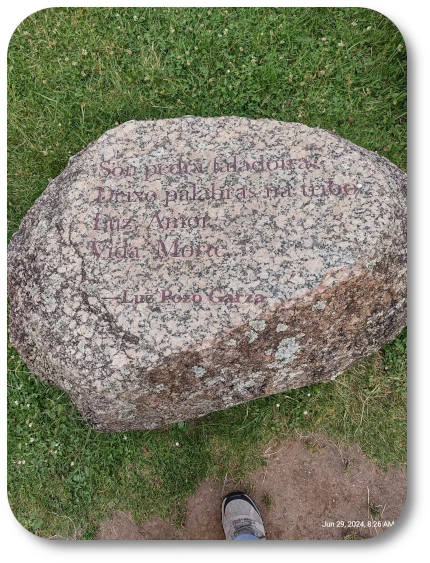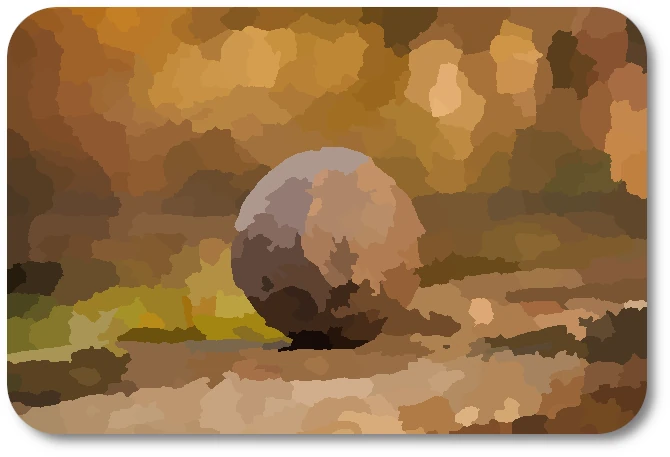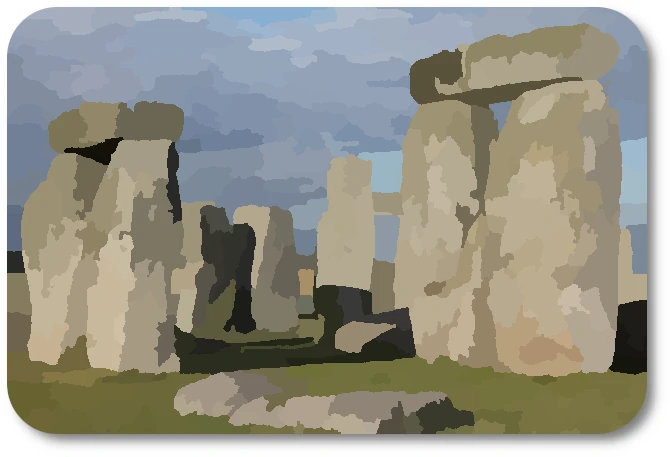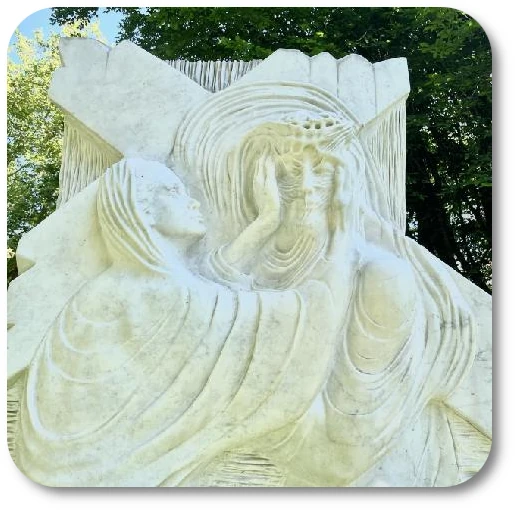- Rosary
- spiritual meditation
- Contemplative Arts
- Speaking Stones
Speaking Stones
Stone 18
On the Speaking Stones
"On the speaking stone
I leave words for the tribe
Litz Amor
Vida Morte"
Lue Pozo Garza

This poem, inscribed on a stone in the meditation gardens of Santiago de Compostela, Spain, grapples with the profound themes of life and death.
The opening line, "On the speaking stone," sets the stage, suggesting the stone itself has a voice - a vessel through which a poet's words can be heard and contemplated.
The central motif of the poem is the juxtaposition of "Litz Amor" (which may be a name or phrase) with the simple yet powerful pairing of "vida. Morte." - life and death.
This dichotomy lies at the heart of the human experience, and the poet invites the reader to ponder the relationship between these two inextricable elements of our existence.
The final lines, "I leave words for the tribe" and the signature "Lue Pozo Garza," indicate this is not merely a personal meditation, but rather a legacy - a sharing of insights and reflections meant to resonate with a larger community.
The use of the word "tribe" evokes a sense of kinship, of shared humanity, in the face of life's great mysteries.
Luz Pozo Garza - Author
Luz Pozo Garza was a well known Spanish poet. Born in 1922, she dedicated her life to writing poetry and was highly respected in the literary world. She was a member of the Royal Galician Academy and even co-directed a literary magazine called "Nordes." Luz Pozo Garza passed way on April 20, 2020.
Words for the Tribe

This could suggest the work is not merely a personal meditation, but rather a legacy meant to be shared with a larger community of believers.
In the context of Catholic spirituality, this idea of "tribe" can be understood as the universal church - the global community of faithful followers of Christ.
By embracing this sense of community, the poem can become a wellspring of comfort and inspiration. Its words can resonate across generations, cultures, and individual circumstances, reminding us that we are never truly alone in our spiritual journeys.
We walk alongside a vast "tribe" of believers, united in our shared longing for the divine and our grappling with the universal themes of life and death expressed in the poem.
The Power of the "Speaking Stone"
 |
 |
 |

At the heart of this poem's contemplative power is the idea of the "speaking stone". By inscribing the verses on a physical stone, the poet imbues the work with a sense of permanence and solidity.
The stone becomes a vessel, a conduit through which the words can be heard and contemplated by those who encounter it in the meditation garden of circle of stones.
This tactile, embodied quality encourages the reader to slow down, to touch and feel the weight of the stone, and to truly listen to the message it conveys.
The speaking stone transforms the act of reading into a multi-sensory experience, one that invites deeper reflection on the poem's themes of life, death and the human condition.
Reflections
How does this poem's exploration of life and death connect to the mysteries of the rosary and the stations of the cross?
What insights about the human experience might this poem offer to support your own spiritual growth?
In what way can reflecting on this poem alongside your Catholic practices help you feel a deeper sense of community and belonging?
Connecting the Poem to Spiritual Practices

This poem, carved into a special "speaking stone" in the meditation gardens, can help deepen your faith as you explore the mysteries of the rosary and the stations of the cross.
The poem talks about life and death - two of the most important themes in Catholic spirituality. When you pray the rosary, you meditate on the joyful, sorrowful, and glorious moments of Jesus life.
This poem invites you to reflect on the full range of human experience, from birth to death, just like the rosary.
Similarily, the stations of the cross guide you through Jesus' journey to the crucifixion. This poem's contemplation of mortality can provide comfort and wisdom as you walk that sacred path with Christ.
The poet, Luz Pozo Garza, seems to want to share important insights about the meaning of life and death - insights that can support your own spiritual journey.
In this way, the poem becomes a work of art that encourages deep reflection. As you read and ponder the words inscribed on the "speaking stone," you may feel a connection to the larger community of believers, the "tribe" the poet mentions. This sense of belonging can be very powerful when exploring life's big question through Catholic practices.















